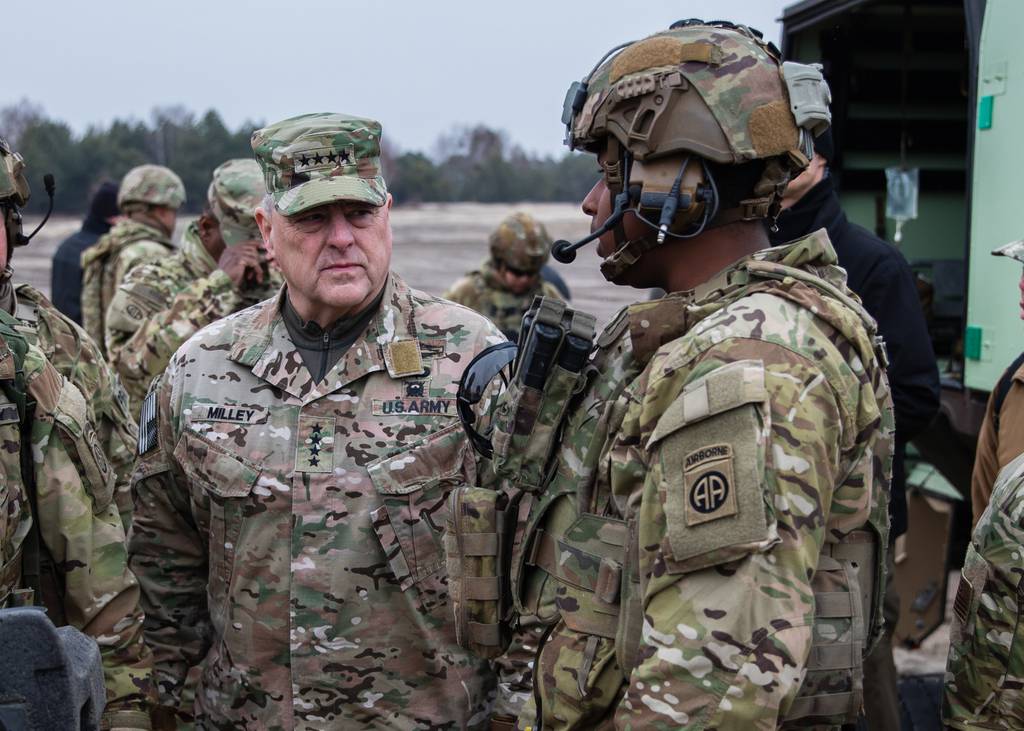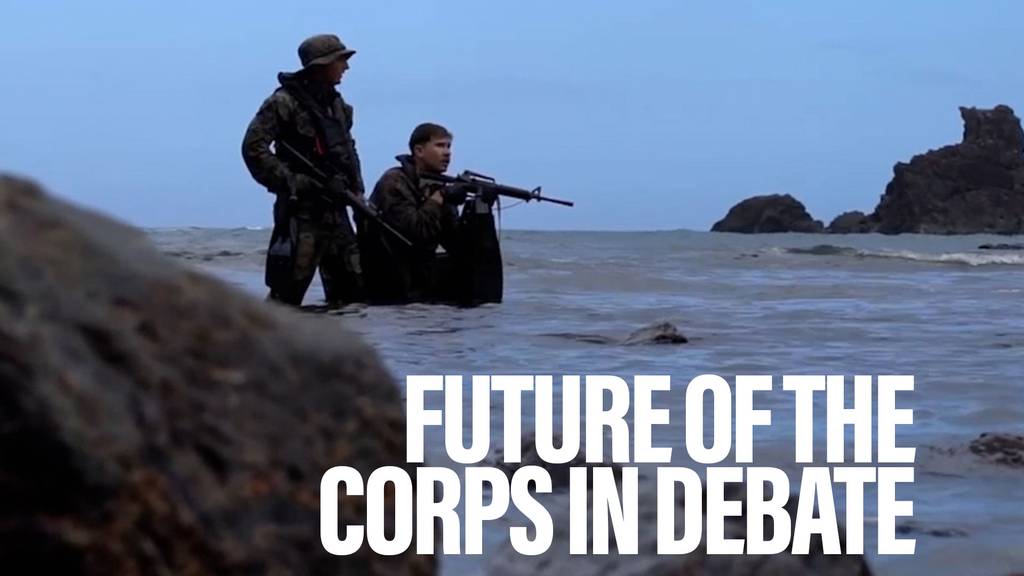What’s New?
The strategy
declares that the vision for special operations forces over the next ten years is to “create strategic, asymmetric advantages for the Nation in integrated deterrence, crisis, and conflict.” It articulates four components to this vision: a balanced force employment and readiness for integrated deterrence, crisis, and conflict; a sustainable counterterrorism approach; modernized formations, concepts, and capabilities that leverage emerging technologies; and a resilient enterprise capable of conducting integrated all-domain special operations.
There are many unsurprising aspects of the strategy. These include a continued goal that special operations forces should be the premier force within DoD; the maintenance of a substantial global posture; an emphasis on relationships with partners, allies, the intelligence community, and the State Department; and a renewed focus on the care of special operators and their families. Stated areas of increased investment—for example, data management, artificial intelligence, and quantum computing—are in keeping with
previous statements from SOF leaders.
There are, however, five aspects of the strategy that are new, noteworthy, and already making waves across the SOF enterprise.
The first of these is the strategy’s
mention of “retaining Deploy for Purpose forces to provide flexibility and agility in support of emerging requirements” and SOCOM’s intent to “discipline our force employment and allocation processes.” For at least the past fifteen years, SOF units have been operating in a near-continuous cycle—prepare to deploy, deploy, redeploy, rest, and prepare to deploy again—often with additional short- or no-notice deployments being squeezed into the rest-and-refit portion of this cycle. The idea that, going forward, some SOF units will perform their individual and unit training and then not immediately deploy, or—barring any emergent requirement—not deploy at all, marks a notable shift in SOF’s force employment practices. Anecdotally, this shift has received mixed reviews from special operators. While it may allow more time at home with families, it also portends fewer of the deployment opportunities that many special operators sought when they joined the force. A similar dynamic exists for support personnel: the strategy envisions that more of them will provide operational support from within the continental United States, as opposed to deploying forward.
Second is the strategy’s focus on developing a “sustainable approach” to counterterrorism. While SOCOM was tasked with developing such an approach as part of the
2018 NDS, its initial response was lethargic. The new strategy clearly downgrades the goals of counterterrorism efforts to disrupting groups “capable of conducting external operations” while leveraging the capabilities of partner forces to reduce the burden on US SOF. This guidance has substantial implications for those parts of the SOF enterprise that have been dedicated to global counterterrorism missions for the past two decades. For example, it likely presages a lower operational tempo for those units, which may create retention issues for those operators who want to be in the fight against terrorist groups. It may also, however, allow those units to exercise and experiment with capabilities more suited to competition and conflict with state adversaries.
Third, the strategy emphasizes strengthening capabilities that SOF leaders believe will contribute to the
2022 NDS’s goal of integrated deterrence. Specifically, the new strategy
calls out “foreign internal defense, security force assistance, and counter-threat finance,” as well as electromagnetic warfare, information, cyber, and space capabilities, as areas for SOF expansion. And it clearly places SOF as a supporting element to the joint conventional force in the context of major combat operations against the likes of China or Russia—a sharp departure from the past two decades in which SOF have either been the supported force or one that operates largely in parallel to conventional forces. In line with this emphasis, the strategy also states an intent to reinvigorate SOF participation in training and exercises with conventional forces and to integrate its modernization efforts with the military services.
Fourth, the strategy acknowledges that—unlike the past two decades of sharply increasing SOCOM budgets and personnel numbers—the future is likely to see budget reductions. In light of this, the strategy
states that SOCOM “will seek divestiture opportunities across the enterprise with emphasis on legacy equipment, platforms designed solely for permissive environments, and capabilities that conventional forces can provide in lieu of SOF.” The idea that SOF will be
divesting capabilities represents one of the sharpest departures of the strategy from prior trends.
Finally, the strategy incorporates elements from SOCOM’s
Diversity and Inclusion Strategic Plan,
stating a desire to increase “the diversity of ethnicities, races, beliefs, perspectives, and experiences in our formation to meet the complex challenges facing the nation.” And it refers to the findings and ongoing efforts of SOCOM’s 2020
Comprehensive Review—initiated in the wake of a series of episodes of misconduct, including allegations of
sexual assault and
unlawful killings—committing to “correcting lapses in leadership, accountability, and discipline” across the SOF enterprise.












